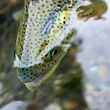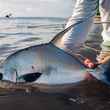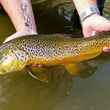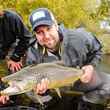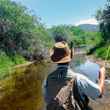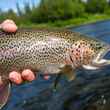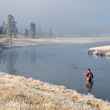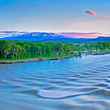We slept in. Alarms set for 6:30. Not because we were slugs, mind you, but because we needed the sun to melt the ice glaze from the Ankona’s decks and to begin to warm the frigid salt marsh waters. It seemed to make sense, hanging in the trailer a bit longer, and had nothing to do with the jumble of dead soldiers sitting on the kitchen table.
Despite our delay, it still felt early when we arrived at the launch, the sun not yet separated from the eastern horizon. Early, that is, until we found that the duck hunters were already taking out, stout johnboats draped in camouflage and full of dark decoys, their sporting day already done. A different breed, duck hunters. Hardy or crazy, I’m not quite sure which.
Tough morning, the men said. More bird watching than hunting. They hoped that the fishing would be better.
“You after drum?” asked a close-cropped lad as he pulled off his gloves and shook himself out of his thick camo coat. “Saw a ton over on Boar, maybe a half mile down. Stacked up like cordwood. If I’d had a dip net I could have filled the boat.” We’d intended on hitting King’s, thinking they’d be where we’d found them a couple of weeks earlier, but fishing plans change when the intel is fresh. We pointed the skiff east, instead of west, out of the launch.




